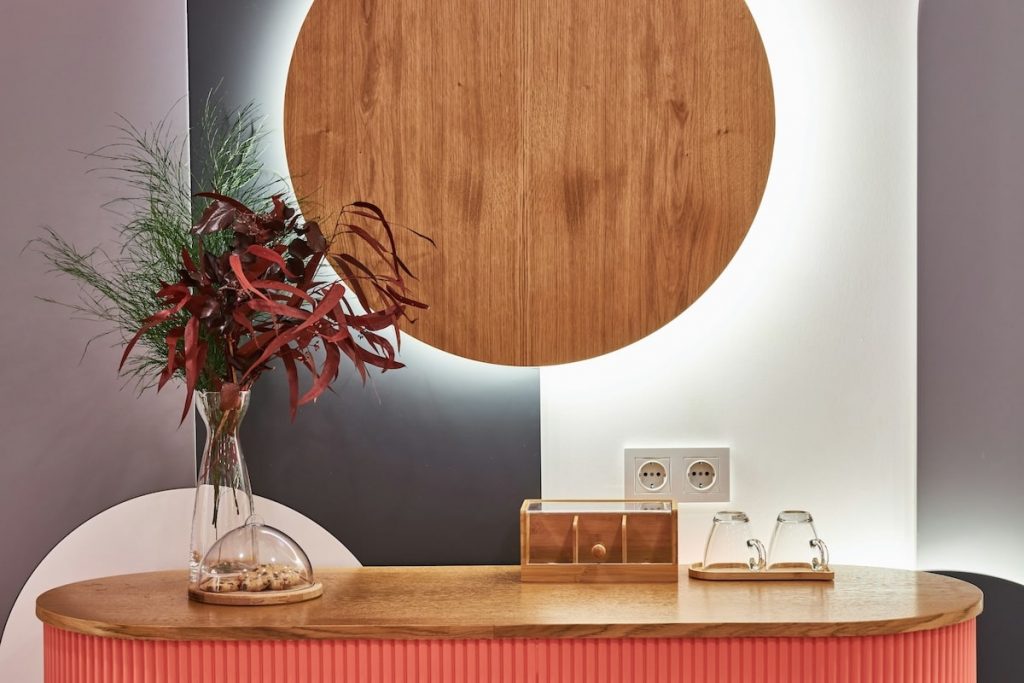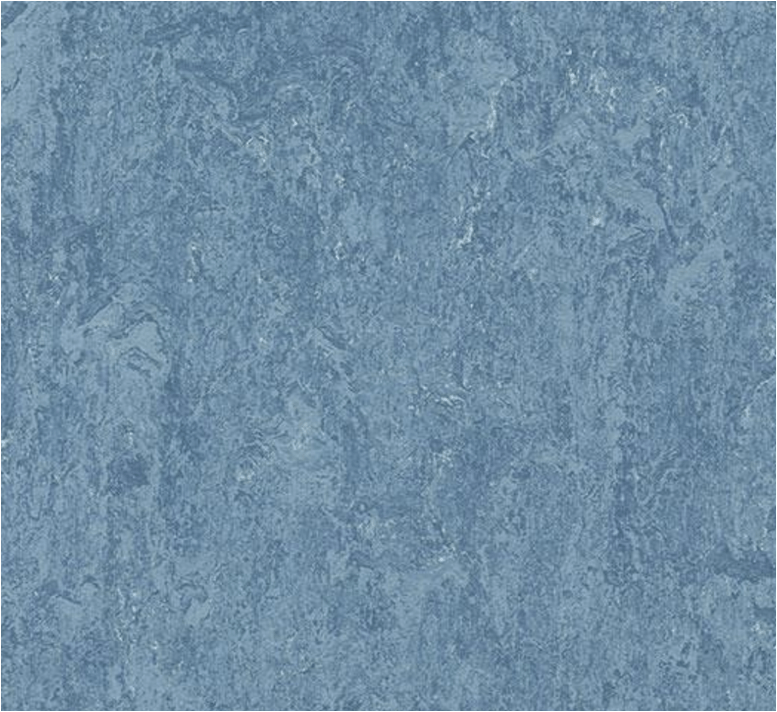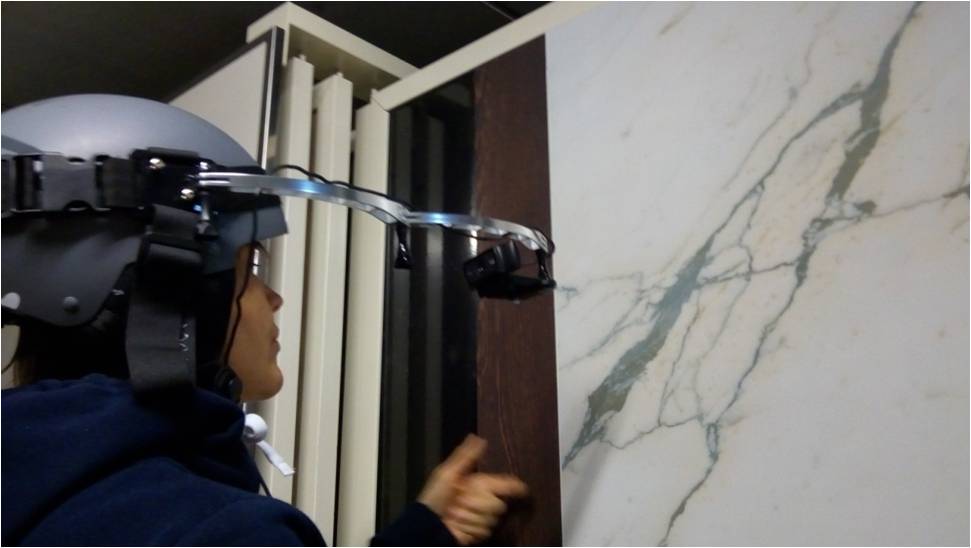
Originally published in Builder Polska no.11/2024.
From chronic discomfort to severe health risks, our buildings may be doing us more harm than good. Since the discovery of Sick Building Syndrome (SBS) in the 1970s, the link between indoor environments and our health has become impossible to ignore. The time to rethink our materials is now.
Sick Building Syndrome (SBS) and the Evolution of Healthy Materials
Since the 1970s, the term Sick Building Syndrome (SBS) has been used to describe health issues that seem to be linked to the internal environments of buildings, especially in offices. Initially, the mechanism behind symptoms such as eye irritation, headaches, and general discomfort wasn’t well understood.
However, research soon revealed that the primary culprit was the quality of indoor air, not only from external pollution but also from the out-gassing of building materials and furnishings.
This phenomenon has become a critical concern, pushing the scientific community to investigate the harmful chemicals in common building products.
Today, we know that many compounds, like waterproofing agents, antimicrobials, plasticizers, and flame retardants, can cause more harm than the benefits they are supposed to offer.
One emerging area of concern is nanotechnology. While these materials offer significant performance improvements, they can become hazardous when they come into direct contact with people, especially when they break down and release micro-particles into the air.
These tiny particles, often smaller than cellular barriers, can penetrate deep into our bodies and settle there permanently. This is particularly alarming in the case of PBTs (Persistent, Bioaccumulative, and Toxic chemicals), a class of substances that don’t dissolve in the environment and accumulate in our tissues.
Studies show that over 90% of the population already has detectable levels of these substances in their bodies. The health implications are serious, ranging from metabolic disorders and cancer to reduced fertility and even hyperactivity in children.
The Rise of Healthy Materials
As awareness of these dangers has grown, there has been a parallel rise in interest in healthy materials, products designed to be free from harmful chemicals. These materials are often certified by independent organizations, ensuring they meet safety standards for human health.
Resources such as HPD (Health Product Declarations) and initiatives like Six Classes and Perkins&Will provide vital information on the most prevalent toxic substances in building materials.
For architects and designers, identifying these harmful substances is no easy task. It requires thorough preparation, especially when trying to interpret technical data sheets, which are often not as transparent as one would hope.
This is where certifications play a crucial role. Independent third-party analyses offer reliable evidence of a material’s safety, helping professionals make informed choices that can influence the market and encourage the production of safer building materials.
Sustainability, Wellbeing, and the Role of Materials
These concerns are directly tied to sustainability, which today encompasses not only environmental protection and resource conservation but also the creation of healthy, toxin-free spaces.
This more holistic approach to indoor health considers not just the absence of harmful chemicals, but also the aesthetic and sensory qualities of the materials we use. For example, wood has been shown to have a calming effect on human physiology.
Research indicates that environments incorporating wood can help lower heart rates and promote relaxation, contributing to a sense of warmth and comfort. This aligns with biophilic principles, which emphasize the psychological benefits of integrating natural elements into built spaces.
Wood’s natural grain and texture provide both visual appeal and tactile comfort, making it a powerful tool for designing spaces that feel more inviting and restorative.



This is yet another reason to eliminate or reduce toxic agents, aiming for both physical and psychological benefits. Many common wood products, such as furniture, plywood, particle board, and MDF, are assembled using glues containing formaldehyde.
While these adhesives improve performance and dry quickly, formaldehyde has been proven harmful even at low concentrations. It can cause nose and eye irritation, headaches, asthma in children, and is classified as a carcinogen, posing particular risks to workers involved in wood product manufacturing. We’ve all encountered the distinctive smell of new furniture, which is caused by formaldehyde outgassing.
In recent years, stricter regulations have been implemented to lower permissible formaldehyde levels, and some manufacturers are now offering formaldehyde-free products.
It is crucial that the materials we perceive as positive and calming, such as wood, are also genuinely healthy. By addressing both the sensory appeal and the chemical composition of materials, we can ensure that spaces are truly beneficial for human well-being.
Neuroscientific Research on Materials
Neuroscientific research offers critical insights into how building materials impact human health and well-being. Studies using neuroimaging tools like fMRI and EEG have shown that natural materials, such as wood, can activate brain regions associated with relaxation and positive emotions.
These findings reveal that the visual and tactile appeal of surfaces goes beyond mere aesthetics; it is an essential psychological factor that directly impacts human well-being. The sensory properties of materials—how they look, feel, and even smell—shape our perception of comfort and satisfaction in a space.
It would be a mistake to focus only on the toxicological aspects of materials. Their perceived qualities are just as crucial to the overall experience of those who occupy these spaces. Designers understand this well. The pleasantness of a space is often the first characteristic we notice, and we naturally associate it with the quality of the design and the sensitivity of the designer.
However, many people are unaware that even these “soft qualities” of surfaces can now be subjected to scientific study thanks to advances in neuroscience.
By tracking physiological markers like cortisol levels and heart rate variability, neuroscience reveals that spaces incorporating natural materials can reduce stress, contributing to physical relaxation and improved mental states.
Neuroscientific research helps us therefore understand how the nervous system responds to emotional experiences, whether pleasant or unpleasant, providing deeper insights that can guide design choices toward better outcomes.
This allows designers to create environments that not only minimize exposure to harmful chemicals but also enhance focus, relaxation, and overall well-being, ultimately transforming spaces into health-promoting environments.

Neuroscience also plays a pivotal role in exploring the widespread preference for natural materials, a trend that is reflected in the market for interior finishes. While imitative materials are becoming increasingly popular, they are often favored by the public but less appreciated by designers.
This divergence points to an inherent, almost irresistible attraction to natural materials—an ancient and deep-rooted connection between humans and nature that far predates the industrial revolution. Neuroscientific studies are shedding light on this enduring biological link, suggesting that our affinity for nature is still very much alive.
The Connection Between Nature, Design, and Wellbeing
In recent years, the concept of biophilic design has gained traction as a way to reconnect people with nature through architecture. Natural materials, such as wood, stone, and organic textiles, play a key role in creating environments that foster wellbeing.
These materials provide a visual connection to nature, which is not only aesthetically pleasing but also supports our mental and physical health.
Biophilic design is an example of a design approach that extends beyond aesthetics. It acknowledges our inherent need to connect with the natural world, a need that has been neglected in many modern environments, especially urban settings.
By incorporating natural materials and organic textures, designers can create spaces that not only look beautiful but also promote healing and relaxation. This is particularly important in workplaces, healthcare settings, and educational environments, where the right design choices can significantly impact productivity, recovery, and learning.
The Role of Designers in Shaping Research
It is up to designers to collaborate with scientists, suggesting new fields of inquiry to ensure that research remains grounded in the daily experience of spaces. A synergy between designers, medical experts, and researchers is essential if we are to see tangible improvements in the production of materials and surfaces for architecture. This interdisciplinary approach is central to the work we do at IMPRONTA, where we bridge scientific insights with practical design solutions to create healthier, more sustainable spaces.
Conclusion
The growing focus on healthy materials and biophilic design reflects a broader shift in how we think about sustainability and wellbeing in the built environment. It’s no longer enough to focus on environmental impacts alone. We must also consider how the materials we use affect the health and comfort of the people who live, work, and heal in these spaces.
As designers, we have a responsibility to lead this change by choosing materials that are safe, healthy, and harmonious with nature.
To fully understand and harness the potential of materials in design, it is crucial to integrate insights from toxicology, biology, psychology, and the sensory and aesthetic dimensions of materials. Only through this holistic approach can we create a more inclusive and sustainable vision for the built environment, one that supports both human health and emotional well-being.
Enjoyed this article?
Support our mission with just €1! Your donation keeps our website running and supports the spread of knowledge about creating places that are good for people.

Alessandro Villa – Architect. He is an expert in materials and finishes for interior use with a specific interest for visual and tactile qualities of surfaces, involving senses and perceptive aspects. Alternates design activity with teaching; since 2003 he is an adjunct professor in Interior Design at Politecnico di Milano. Regularly invited for lecturing and conferences at public and private master schools in Italy and abroad. Has been working on long-term research projects focused on innovation (3M, Fincantieri), comfort perception (Fiat Auto) and the contemporary concept of beauty (Nivea-Beiersdorf) on behalf of international companies and universities. In 2010 awarded at the competition “Designers Show,” sponsored by the Chamber of Commerce of Monza & Brianza, for “Urban Skin”, a design for a new generation of photovoltaic surfaces. Design research inspires his regular writing of papers, articles and reports from many areas of interior architecture for renowned magazines. In 2024 published the book “Seeking sense”, a survey on the meaning of a project and the act of designing itself, with a special attention to the psychology of the designer and his/her intentions.

Natalia Olszewska – A specialist in the application of neuroscience to architectural design. Co-founder of IMPRONTA, a research and consulting studio focused on designing for health and well-being. Has a unique educational background in medicine (Jagiellonian University and Tor Vergata), neuroscience (University College London, École Normale Supérieure, Sorbonne), and applied neuroscience in architectural design (IUAV University). Has completed research internships at institutions such as Harvard University and Collège de France. Has gained experience working on projects for global companies such as Arup, Skanska, and Google. A faculty member of the NAAD (Neuroscience Applied to Architectural Design) Master’s program organized by IUAV University.